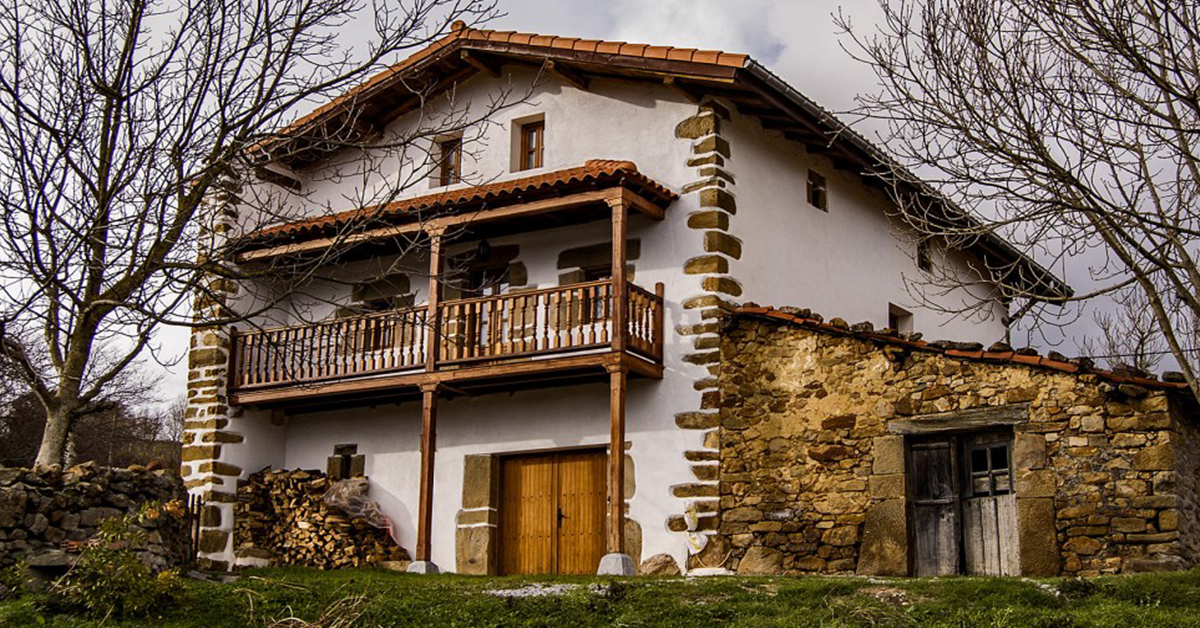Archives

Hermitage of St Salvador in Ardanaz (Izagaondoa, Navarre), whose roof was restored a few decades ago using tiles manufactured in Aizpe. Fernando Hualde.
Certain trades from the past are disappearing; modern times sweep them away without mercy. And with them go the works, yards or factories where those activities used to be carried out. Whole villages might in fact be lost, and also the people who worked and lived there or knew about them.
This is exactly what happened with the roof tile factory of Aizpe, in Lower Urraúl (Navarre). The tile makers departed this life, the factory vanished in thin air, the village is nowhere to be seen, and him who as a child and teenager stored memories of that place passed away a few months ago… Gone is the last witness of it all. (more…)
An auxiliary construction, usually attached to the house though sometimes detached from it, known as rocha used to be quite common, as senior locals in the Valley of Carranza (Bizkaia) recall.
The earliest record of that type of building appears in writing, in a letter sent by Diego de Ahedo, native of Carranza and Archbishop of Palermo, from Sicily to his nephew Pedro Ochoa de Ahedo, resident in the Valley. The letter is dated 15 January 1588, and in it mention is made of an annex where threshed grain was store: “it is now preferable and most convenient to store it in the outhouse where cider used to be made and kept”. (more…)
![Red roof tiling. Photograph by Xabi Otero taken from Euskaldunak [The Basques], 4](https://www.labayru.eus/wp-content/uploads/2019/01/teilla-gorria_euskaldunak.jpg)
Red roof tiling. Xabi Otero. Euskaldunak [The Basques], 4.
Beyond its practical function, the roof tile (teila) is charged with symbolism in Basque folklore and ethnography, representing primarily the house (etxea), understood in a wider sense than merely a building.
The roof tile represented likewise private property as opposed to communal property. Thus, the roofs of shepherds’ huts and livestock housing built on communal land could not be tiled, since the tile was reserved for immovables. (more…)




